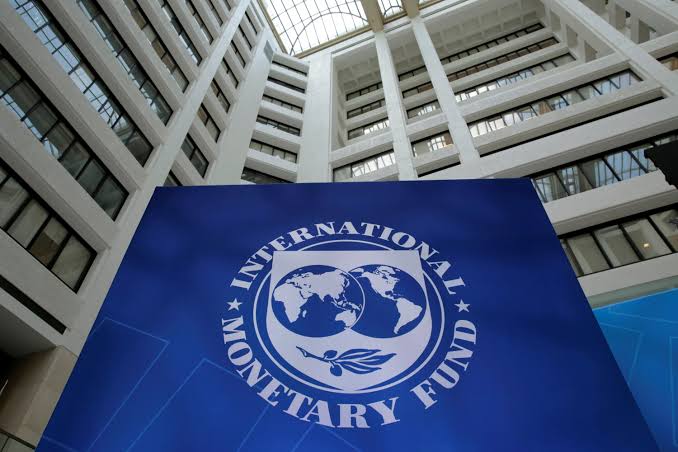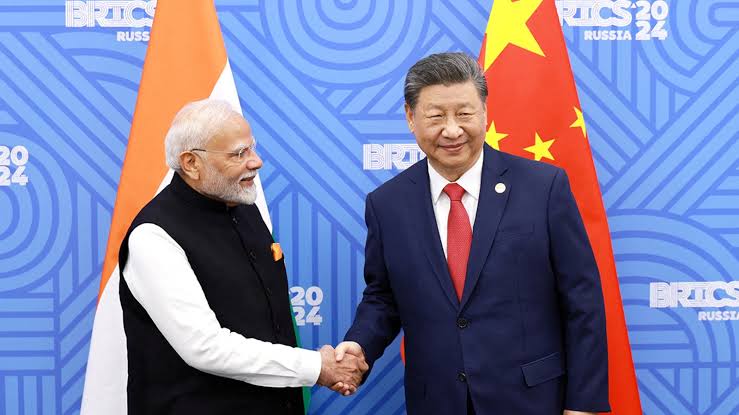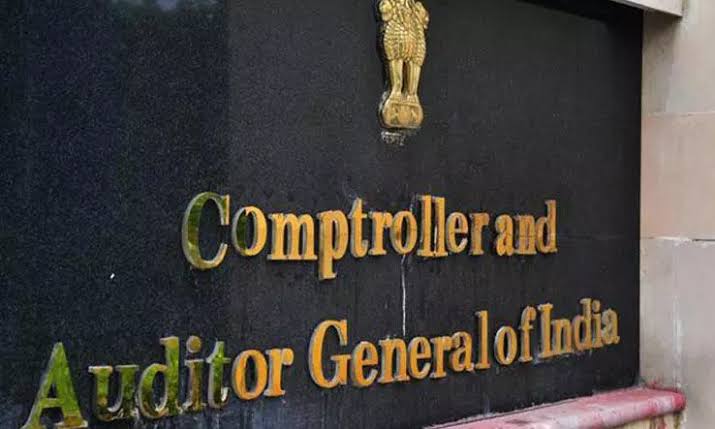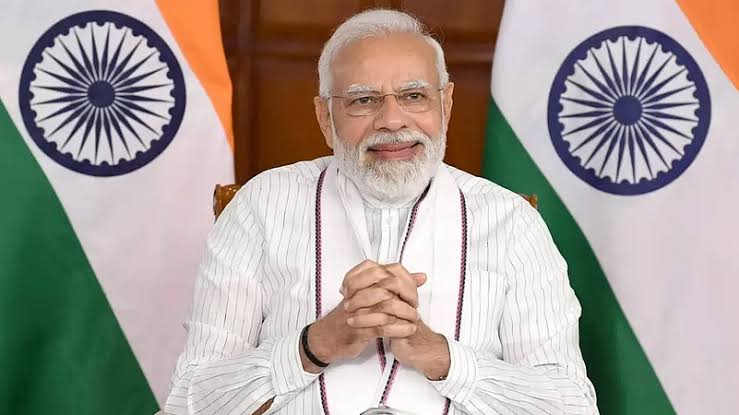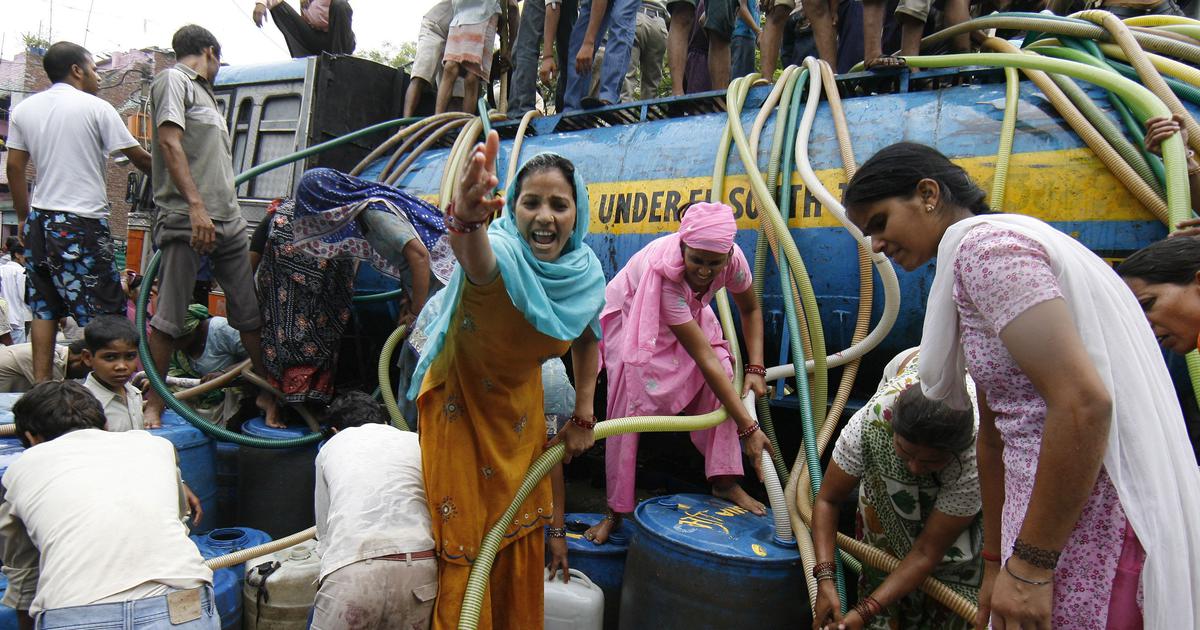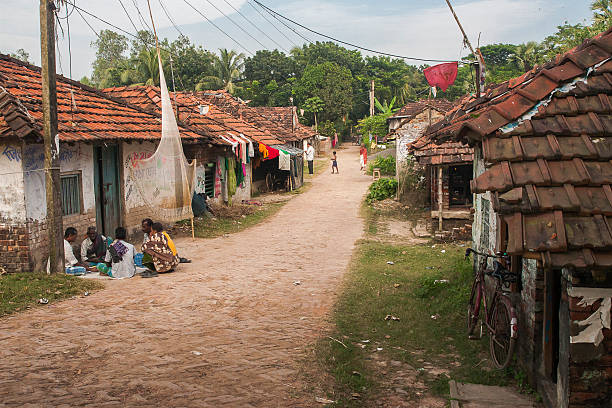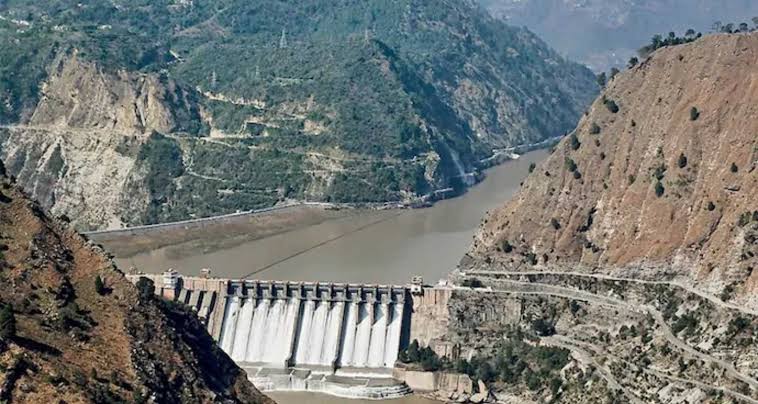
The Indus Waters Treaty signed on September 19, 1960, and brokered by the World Bank divided the Indus River system: India received exclusive rights to the eastern rivers (Ravi, Beas, Sutlej), while Pakistan gained control over the western rivers (Indus, Jhelum, Chenab).
Behind this landmark arrangement lay a seldom-highlighted dimension: financial compensation. India, alongside other donor nations, agreed to bankroll Pakistan’s infrastructural adaptations following the treaty. Specifically, India contributed approximately $174 million (equivalent to around $1.6 billion today) over a ten-year period, channelled through the World Bank’s Indus Basin Development Fund.
These funds supported the construction of critical water infrastructure such as dams, barrages, and interlinking canals enabling Pakistan to compensate for the eastern river waters it ceded under the treaty. Projects like the Mangla and Tarbela dams formed the backbone of the Indus Basin Replacement Works, ensuring continuity of irrigation and livelihoods.
Despite this financial and infrastructural cooperation, the narrative remains complex. Over six decades later, the treaty long celebrated as a symbol of resilient diplomacy faces renewed strain amid political tensions and security dilemmas.
Tags:
Post a comment
How is NITI Aayog reframing national development?
- 05 Aug, 2025
- 2
States’ debt surge, EC form-7 & River silt issues!
- 20 Sep, 2025
- 2
PM Modi to address nation at 5:00PM Today!
- 21 Sep, 2025
- 2
Why are Delhi’s low income families paying 15% of their...
- 19 Aug, 2025
- 2
What Villages Teach Us About India’s True Growth!
- 22 Aug, 2025
- 2
Categories
Recent News
Daily Newsletter
Get all the top stories from Blogs to keep track.





